Deep Learning for Autonomous Drones
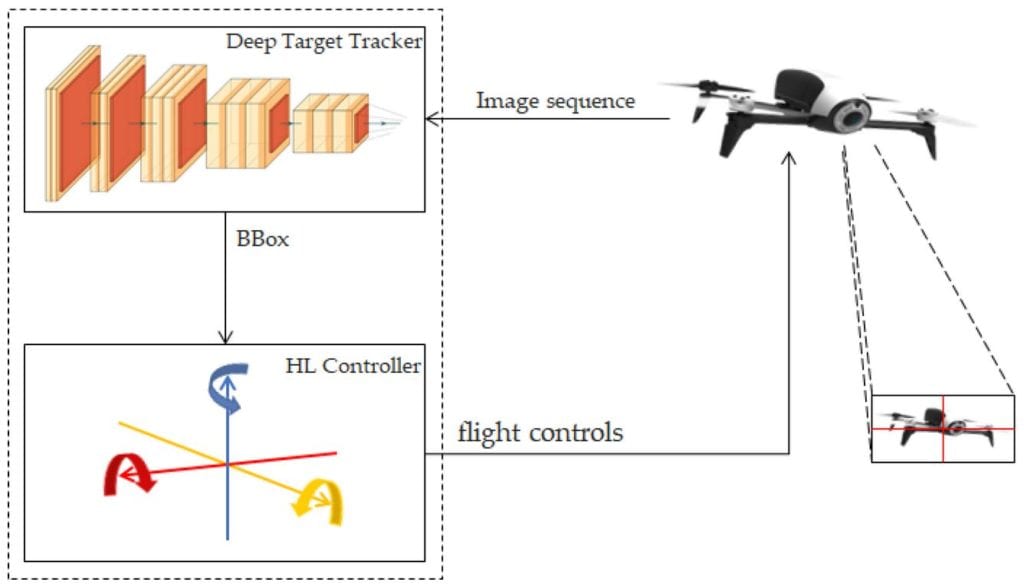
Drones are becoming increasingly autonomous, with the ability to fly without human intervention. This is due in part to the development of deep learning techniques, which allow drones to learn from data and make decisions on their own.
Deep learning is a type of machine learning that uses artificial neural networks to learn from data. Neural networks are inspired by the human brain, and they can be used to solve a wide variety of problems, including image recognition, natural language processing, and speech recognition.
Drones can use deep learning to perform a variety of tasks, such as:

- Object detection: Drones can use deep learning to identify objects in their surroundings, such as other drones, people, and animals. This information can be used to avoid collisions and to navigate safely.
- Path planning: Drones can use deep learning to plan the most efficient path to their destination. This can be especially helpful in cluttered environments, where there are a lot of obstacles to avoid.
- Navigation: Drones can use deep learning to navigate autonomously, without human input. This can be done by using a variety of sensors, such as GPS, cameras, and LiDAR.
- Collision avoidance: Drones can use deep learning to avoid collisions with other objects, such as other drones, people, and buildings. This can be done by using a combination of sensors and machine learning algorithms.
- Gesture recognition: Drones can use deep learning to recognize gestures, such as hand signals. This can be used to control the drone's movement or to activate certain functions.
- Speech recognition: Drones can use deep learning to recognize speech. This can be used to give commands to the drone or to retrieve information from it.
Deep learning is a powerful tool that can be used to give drones a variety of autonomous capabilities. As deep learning techniques continue to develop, drones will become even more capable and autonomous.
Benefits of Deep Learning for Autonomous Drones
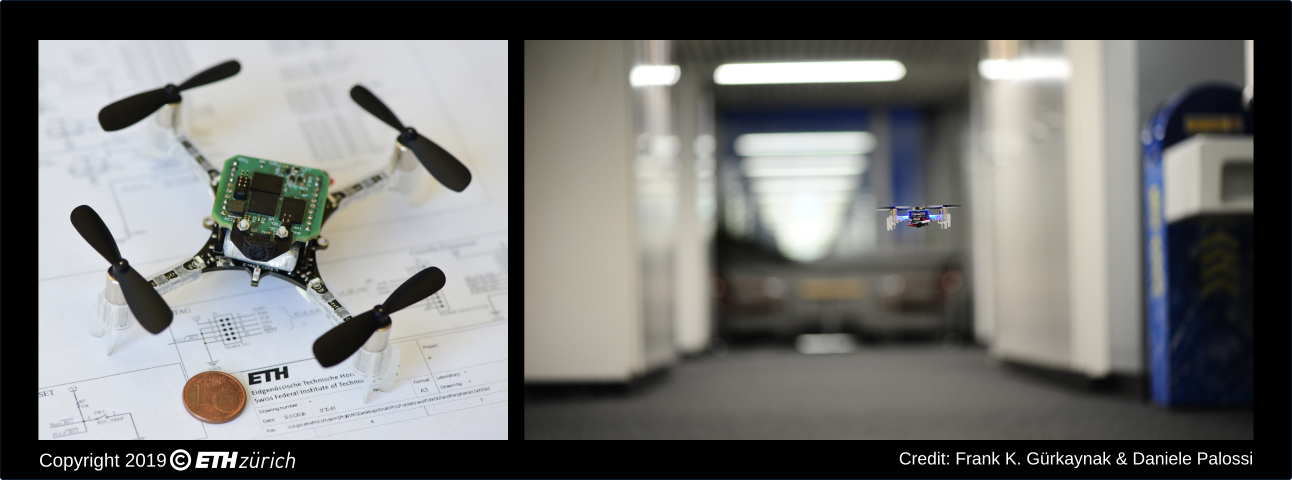
There are a number of benefits to using deep learning for autonomous drones, including:
- Improved safety: Deep learning can help drones to avoid collisions and to navigate safely in cluttered environments. This can make drones more reliable and less likely to cause accidents.
- Increased efficiency: Deep learning can help drones to plan the most efficient paths to their destinations. This can save time and energy, and it can also help drones to avoid traffic congestion.
- Enhanced capabilities: Deep learning can give drones a variety of new capabilities, such as object detection, path planning, and collision avoidance. This can make drones more useful for a variety of applications, such as search and rescue, package delivery, and surveillance.
Challenges of Deep Learning for Autonomous Drones
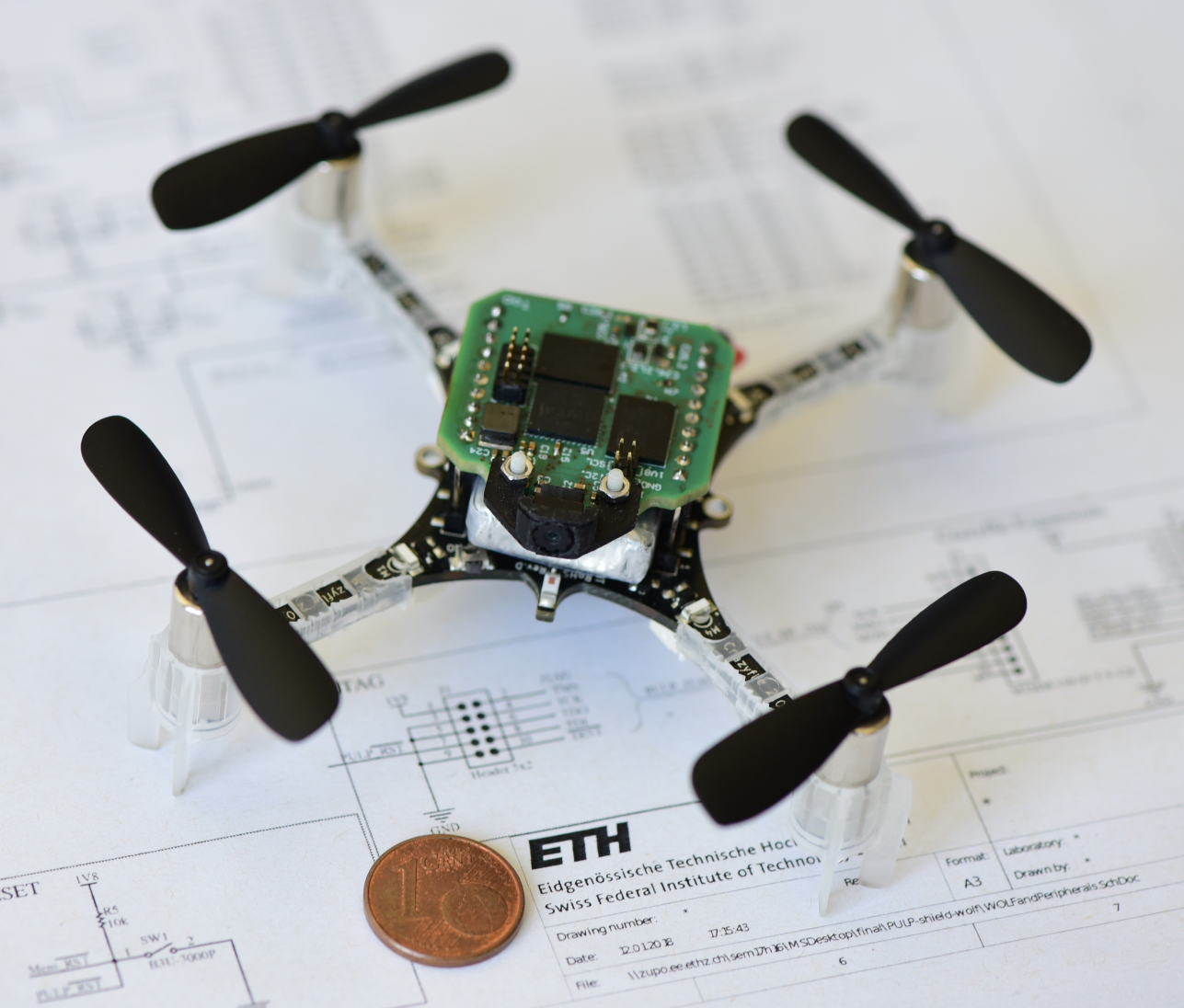
There are also a number of challenges to using deep learning for autonomous drones, including:
- Data collection: Deep learning algorithms require a large amount of data to learn from. This can be a challenge for drones, as they may not have access to the same amount of data as other types of machines, such as self-driving cars.
- Labeling data: The data that is used to train deep learning algorithms must be labeled, which can be a time-consuming and expensive process.
- Computational requirements: Deep learning algorithms can be computationally expensive to train and run. This can make it difficult to use deep learning on drones with limited resources.
Future of Deep Learning for Autonomous Drones
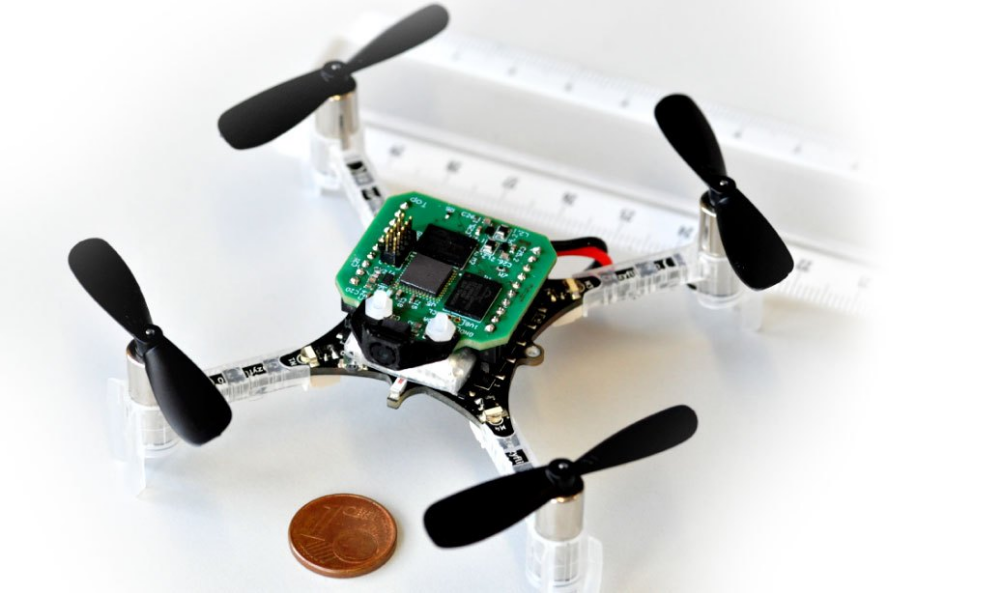
The future of deep learning for autonomous drones is very promising. As deep learning techniques continue to develop, drones will become even more capable and autonomous. This will open up a wide range of new possibilities for drones, such as using them for search and rescue, package delivery, and surveillance.
Here are some of the ways that deep learning is expected to impact the future of autonomous drones:
- Drones will be able to perform more complex tasks: Deep learning will allow drones to perform more complex tasks, such as identifying and tracking objects, navigating in cluttered environments, and avoiding collisions. This will make drones more useful for a wider variety of applications.
- Drones will be more reliable and safer: Deep learning will help drones to avoid collisions and to navigate safely in cluttered environments. This will make drones more reliable and less likely to cause accidents.
- Drones will be more efficient: Deep learning will help drones to plan the most efficient paths to their destinations and to avoid traffic congestion. This will save time and energy, and it will also make drones more useful for applications that require them to travel long distances.
- Drones will be more affordable: As deep learning techniques become more efficient, they will become more affordable to use on drones. This will make drones more accessible to a wider range of businesses and individuals.

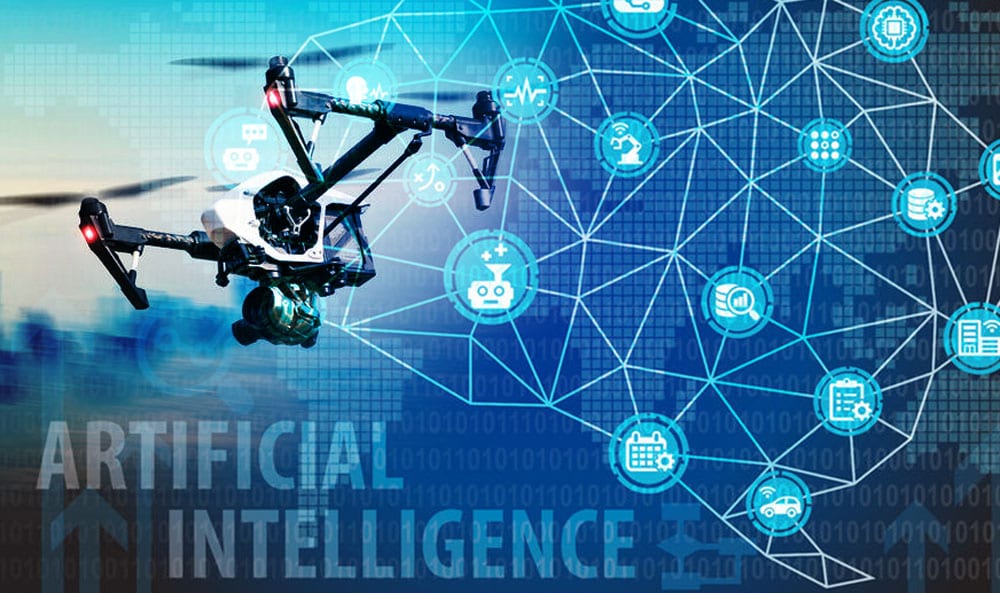
Deep learning is a powerful technology that has the potential to revolutionize the way that drones are used. As deep learning techniques continue to develop, drones
Post a Comment